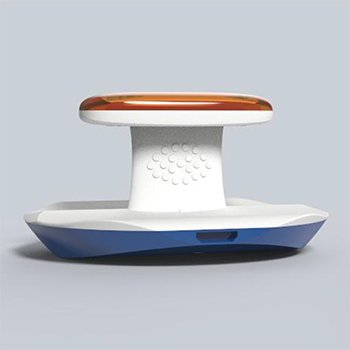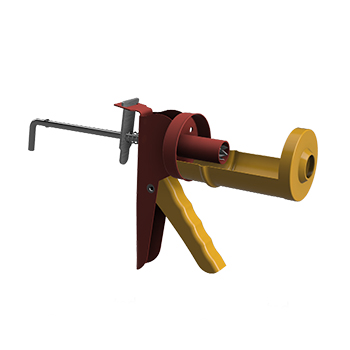Animatronics originates from the words anima and electronics. Anima means to animate, while electronics provides the control parameters for the movements. Animatronics refers to the use of robotic devices to emulate a human or an animal or bring lifelike characteristics to an otherwise inanimate object. A robot designed to be a convincing imitation of a human is more specifically labelled as an android. Modern animatronics have found widespread applications in movie special effects and theme parks and, since their inception, have been primarily used as a spectacle of amusement.
Animatronics is a multi-disciplinary field that integrates anatomy, robots, mechatronics, and puppetry, resulting in lifelike animation. Animatronic figures are often powered by pneumatics, hydraulics, and/or electrical means and can be implemented using both computer control and human control, including remote operation. Motion actuators are often used to mimic muscle movements and create realistic motions in limbs. Figures are covered with body shells and flexible skins made of hard and soft plastic materials and finished with details like colours, hair, feathers, and other components to make the figure more realistic.




